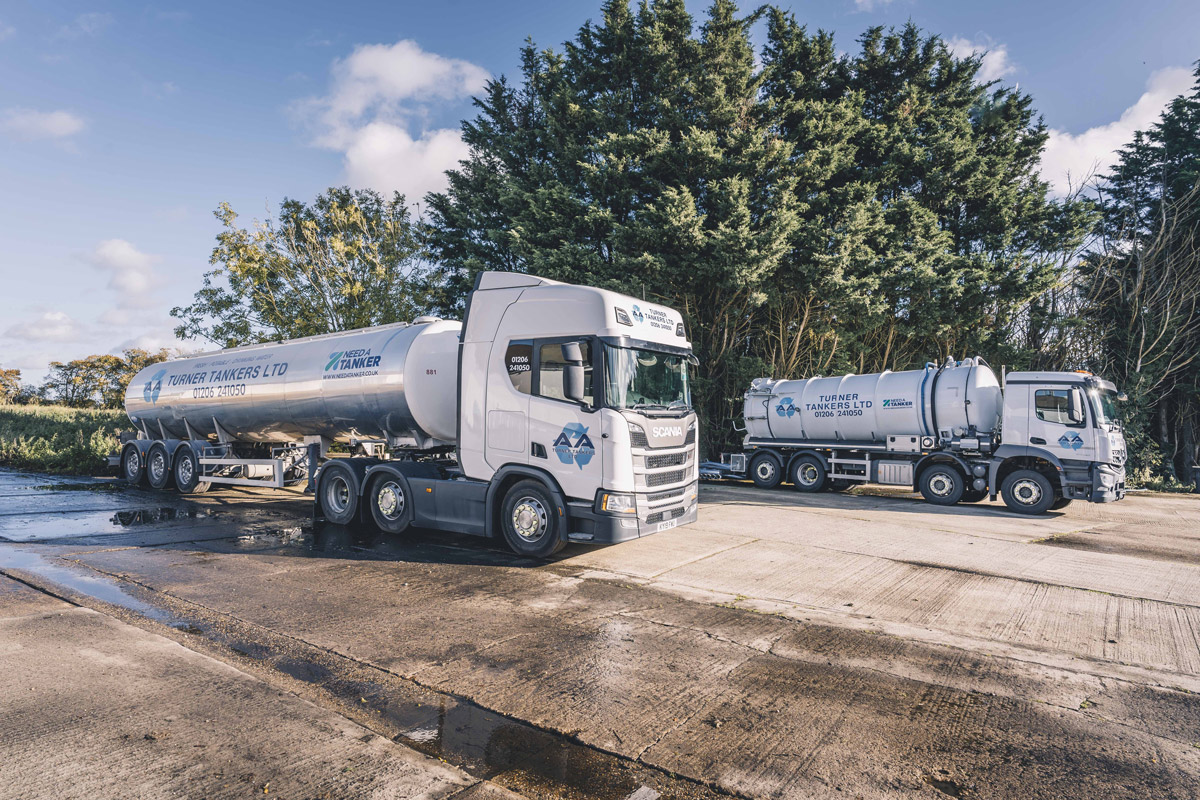10 Simple Techniques For Reclaim Waste
An Unbiased View of Reclaim Waste
Table of ContentsThe Ultimate Guide To Reclaim WasteThe Basic Principles Of Reclaim Waste Fascination About Reclaim WasteTop Guidelines Of Reclaim WasteThe Definitive Guide to Reclaim Waste
Discover the kinds, events, and kinds of liquid waste. Domestic sewage waste refers to the waste and products from a residential sewage-disposal tank. This kind of waste is produced by humans in residences, institutions, and various other structures. This only includes sewage-disposal tanks that have a drainpipe field. The correct monitoring and disposal of residential sewage waste need fluid waste to be moved to a sewage treatment plant where the appropriate methods and devices are used to detoxify and dispose of waste.
Commercial waste usually consists of possible risks, such as flammable materials or a mix of liquid and strong waste items, and calls for an advanced and detailed disposal procedure. The disposal of commercial waste commonly involves the filtration of waste before transport to make sure safe and correct disposal. Hazardous waste is created from by-products and overflow of commercial procedures and production.
This sort of waste can not utilize the very same sewage administration transport or procedures as septic or business fluids. The commercial waste monitoring procedure requires the evaluation and testing of fluid waste before it goes through the disposal process (liquid waste removal melbourne). Overflow waste is the liquid waste that comes from runoff and excess stormwater in highly populated areas or cities
Overflow waste can create contamination and flooding if not handled effectively. Making certain appropriate waste administration can stop disasters and reduce ecological harm.
What Does Reclaim Waste Do?
Contact PROS Providers today to learn regarding our waste administration and disposal services and the appropriate ways to look after the liquid waste you generate.
(https://penzu.com/p/1f225eb6893bd9aa)Do you understand what happens to your water when you end, purge the toilet or drain pipes the cleaning device? No? Well, it deserves understanding. This so-called 'wastewater' is not just an essential source but, after therapy, will be launched to our land, waterways or the ocean. Used water from bathrooms, showers, bathrooms, kitchen area sinks, washings and industrial procedures is referred to as wastewater.

water utilized to cool down machinery or clean plant and tools). Stormwater, a form of wastewater, is overflow that moves from agricultural and city areas such as roof coverings, parks, gardens, roads, paths and seamless gutters into stormwater drains pipes, after rainfall. Stormwater flows without treatment straight to local creeks or rivers, ultimately getting to the sea.
Not known Incorrect Statements About Reclaim Waste
In Queensland, many wastewater is dealt with at sewage treatment plants. Wastewater is moved from domestic or commercial websites via a system of sewage systems and pump terminals, referred to as sewage reticulation, to a sewage therapy plant. City governments build, preserve and operate most sewage treatment plants. Operators are licensed under the Environmental Management Act 1994 to discharge cured wastewater at an appropriate ecological requirement into waterways.
The Department of Natural Resources advises city governments regarding handling, operating and preserving sewerage systems and treatment plants. In unsewered locations, regional governments might need homeowners to install individual or house sewer treatment systems to deal with domestic wastewater from toilets, cooking areas, bathrooms and washings. The Department of Natural Resources authorizes making use of home systems when they are confirmed to be reliable.
The majority of stormwater gets no treatment. In some brand-new neighborhoods, therapy of some stormwater to eliminate litter, sand and crushed rock has started utilizing gross toxin catches. Wastewater treatment takes place in four phases: Eliminates strong matter. Bigger solids, such as plastics and other things wrongly released to sewers, are gotten rid of when wastewater is travelled through screens.
Wastewater then flows into huge tanks where solids clear up and are removed as sludge. Oil and residue are skimmed from the surface. Utilizes tiny living organisms understands as micro-organisms to damage down and remove remaining liquified wastes and fine particles. Micro-organisms and wastes are integrated in the sludge. Gets rid of nitrogen and phosphorus nutrients that can cause algal flowers in our rivers and intimidate aquatic life.
Some Known Factual Statements About Reclaim Waste
Nutrient removal is not readily available at all sewer treatment plants because it requires pricey specialized tools. Clear liquid effluent produced after therapy might still include disease-causing micro-organisms - liquid waste removal.

The majority of wastewater streams right into the sewerage system. Under the Act, neighborhood governments carry out approvals and permits for environmentally pertinent activities (Ages) involving wastewater releases that could have a local influence.
All About Reclaim Waste
Tracking supplies valid details concerning water top quality and can validate that permit problems are being fulfilled. The info acquired with tracking offers the basis for making water high quality decisions.